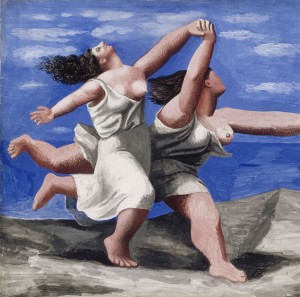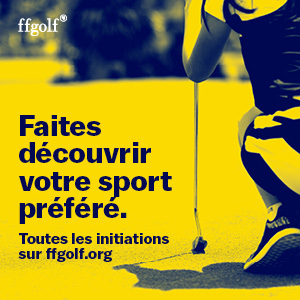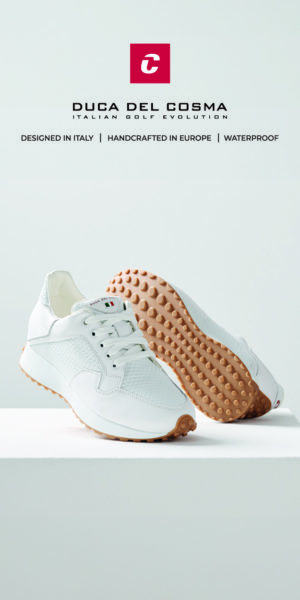Posted on August 27, 2015 in Arts & culture.
Joie de Vivre exhibition at the Palais des Beaux-Arts in Lille
"Wherever there is joy, there is creation: the richer the creation, the deeper the joy" - Henri Bergson, L'Energie spirituelle

Pablo Picasso, Two women running on the beach (detail), 1922, 32,5 x 41,5 cm, Paris, Musée national Picasso
© Rmn-Grand Palais / Jean-Gille Berizzi © Picasso Estate, 2015
Art has always played an important role in the representation of happiness. Hedonism, gaiety, sensuality cross the history of the arts and thought. In the heart of Flanders and the North region, a land of celebration and hospitality, "Joie de vivre" is the first major thematic exhibition on this subject which covers a vast period from Antiquity to contemporary art.
Joy is expressed in many artists by dynamism, color and intense jubilation. This is the case with Brueghel, Hals, Chardin, Boucher, Fragonard, Carpeaux, Renoir, Picasso, Dufy, Rodin, Niki de Saint-Phalle and Murakami, which are all part of the selection, thanks to loans from the largest French institutions , European, and American. Bringing together a hundred works across 6 sections, the exhibition gives space to all modes of artistic expression, including cinema.
Under the sun
The sun, the first condition for happiness? At the end of the XNUMXth century, Arcadia, an ideal society celebrated since Antiquity, was reborn on the shores of the Mediterranean. The impressionists, the pointillists then the wild animals prolong with the Côte d'Azur the myth of a golden age of humanity, laying the foundations of pictorial modernity while prefiguring the movement of democratization and secularization of happiness. In the XNUMXth century, with the increasing length of life, we are gradually turning away from the prospect of a paradise beyond to enjoy the joys and benefits of the beach, under the sun exactly.
happiness
The joy of living is also expressed through innumerable “small” transient, derisory pleasures, and yet desired for their very simplicity. The game, practiced at all ages and especially during childhood where it is the most formative and the most free, the countryside part, which appears in painting at the beginning of the XNUMXth century, when happiness becomes an art of living. From the XNUMXth century, skating, lunch on the grass, then picnic, became the favorite leisure activities for city dwellers.
Links
The links represent all the ways for a being to experience the presence of the other, to recognize it, to admire or desire it, and to experience a feeling of fullness. Friendship, love, the couple and the family, are the places where each one builds and consolidates his capacity to love, learns to give without condition, to attach physically and morally to the other, to experience, to satisfy or tame his desire. From exchange and reciprocity arises a certain equality, most often happy.
jubilation
Whatever the eras and cultures, the feast is a necessary parenthesis in the life of men and societies. Balls, carnivals and other pagan or Christian celebrations punctuate the calendar and temporarily erase all the rules. Social classes, sexes, ages mingle to the point of stunning in ritual or spontaneous celebrations which arouse popular enthusiasm. The feasts - festive meals - offer among the most intense occasions to experience pleasure while the game, the music and the dance invade the public space, for a moment, for a day at most, before the return to everyday reality.
Joyful body
This part evokes the natural pleasures, which can be experienced by moving bodies, especially when they merge in momentum, dance and love: dancing, loving and laughing to make sure that we are alive. Joyful eroticism and the cult of the body cultivated by Greek Antiquity is followed by a fascinated but already Puritan eroticism which spreads with Christian ethics. Far from confiding in the borders of eroticism, this section of the exhibition celebrates the naked body as the expression of an individual and collective truth. The artists, from Bernin to Rodin, magnified the body and the flesh, thus combining the expression of physical pleasure and the liberation of the spirit.
Laughs
If laughter naturally finds its place in Antiquity, Christian authors have often considered it as a sign of excess. It was not until modern times that artists dared to represent it again. Rabelais, after Aristotle, considers laughter as peculiar to man: he alone has the faculty of laughing and the muscles necessary for exercise.
In the fall of 2015, the entire Palais des Beaux-Arts in Lille will be invested with joie de vivre. Contemporary works and installations will accompany the visitor while the large atrium will be devoted to feel good movies, films that make you happy. In a time of social and economic difficulties, this exhibition will remind us that we still have reasons to be happy.
Commissioner General: Bruno Girveau, director of the Palais des Beaux-Arts de Lille and the Musée de l'Hospice Comtesse
police station: Laetitia Barragué-Zouita, curator of the department of the Middle Ages and the Renaissance; Régis Cotentin, in charge of contemporary programming; Florence Raymond, conservation attaché, in charge of the XNUMXth century department, Plans-Reliefs and new media; assisted by Sophie Watine.
with the exceptional collaboration of the philosopher André Comte-Sponville
scenographer: Constance Guisset
Useful information :
opening : Monday: 14 to 18 p.m .; Wednesday, Thursday, Friday: 10 am-18pm; Saturday and Sunday: 10 a.m. - 19 p.m.
closed 1 November, 25 December and 1 January
prices :
- exhibition only: € 10 / € 8 / € 7 *
- coupled: 11 € / 9 € / 8 € *
- permanent collections: € 7 / € 4 / € 4 *
* Monday to Friday, for all, from 16 p.m.
gratuities: under 12, jobseekers, RSA
accès : metro line 1, stop `` République Beaux-Arts ''
bus: lines 12, 18, Citadine, Liane 1, Liane 90
taxis: place Richebé; parking: place de la République; Lille train stations 10/15 minutes on foot
access for people with reduced mobility on the side of the building, boulevard de la Liberté
information and reservations:
www.pba-lille.fr et http://expojoiedevivre.pba-lille.fr
+33 (0)3 20 06 78 00
Drawing Now Art Fair: Tatiana Wolska winner 2024
The invention of language by Gertrude Stein and Pablo Picasso
The history of French women's golf at Golf du Sorbier








